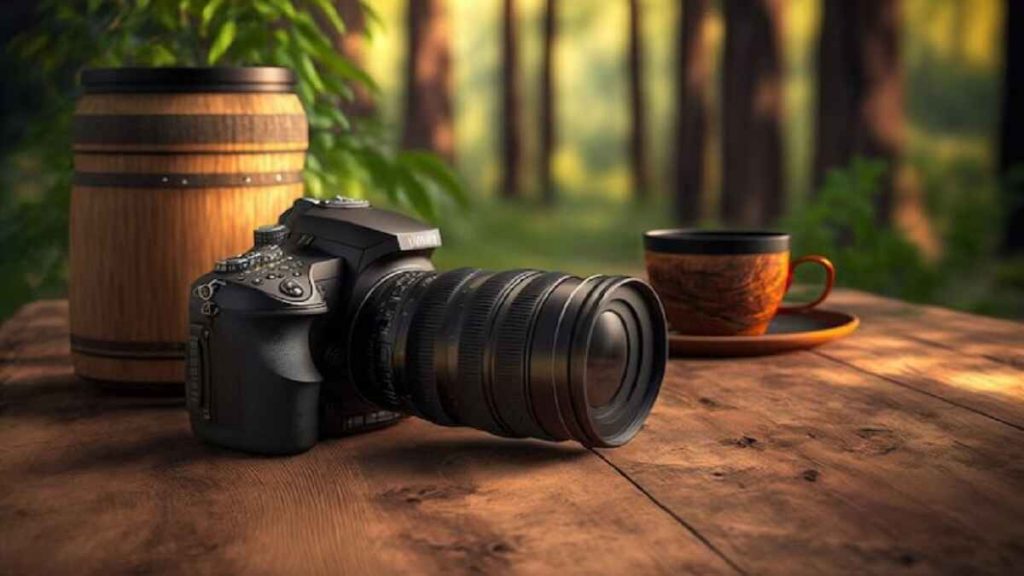
In recent years, mobile phone cameras have made significant advancements, raising the question of whether they can now rival or even surpass the quality of DSLR cameras. This article delves into the key aspects of mobile phone cameras and DSLRs, comparing their capabilities, image quality, versatility, and convenience. By examining these factors, we can determine whether mobile phone cameras have truly outpaced DSLRs in the realm of photography.
- Image Quality:
Traditionally, DSLR cameras have been renowned for their superior image quality due to larger sensors, better lenses, and advanced image processing capabilities. However, with technological advancements, mobile phone cameras have narrowed the gap. High-end smartphones now feature larger sensors, multiple lenses, and sophisticated image processing algorithms, resulting in impressive image quality. While DSLRs still excel in low-light conditions and offer more control over depth of field, mobile phone cameras are catching up, especially in well-lit environments. - Versatility:
One of the key advantages of DSLR cameras is their versatility. They offer interchangeable lenses, allowing photographers to adapt to various shooting scenarios. Additionally, DSLRs provide manual controls for exposure, focus, and other settings, giving photographers greater creative freedom. On the other hand, mobile phone cameras are compact and convenient, making them ideal for spontaneous photography. While they lack the versatility of DSLRs, mobile phone cameras are equipped with multiple lenses, such as wide-angle and telephoto, enabling users to capture a wide range of subjects and perspectives. - Convenience:
The convenience of mobile phone cameras cannot be overstated. They are always with us, ready to capture moments at a moment's notice. With instant sharing capabilities, mobile phone cameras have revolutionized the way we document and share our lives. DSLRs, on the other hand, require additional equipment, such as lenses, tripods, and bags, making them less portable. Mobile phone cameras have become the go-to choice for everyday photography, allowing users to capture and share moments effortlessly. - Advancements in Mobile Phone Cameras:
Mobile phone camera technology has witnessed remarkable advancements in recent years. The integration of artificial intelligence (AI) has improved image processing, enabling features like portrait mode, night mode, and computational photography. Additionally, advancements in sensor technology and optical image stabilization have enhanced low-light performance and reduced motion blur. With the introduction of professional-grade editing apps and RAW file support, mobile phone cameras have become a viable option for professional photographers as well.
Conclusion:
While DSLR cameras still hold an edge in terms of image quality and versatility, mobile phone cameras have made significant strides and are closing the gap. The convenience, portability, and continuous advancements in mobile phone camera technology make them a compelling choice for everyday photography. As technology continues to evolve, it is not far-fetched to envision a future where mobile phone cameras surpass DSLRs in all aspects. The key lies in striking a balance between convenience and professional-grade capabilities, catering to the diverse needs of photographers worldwide.


